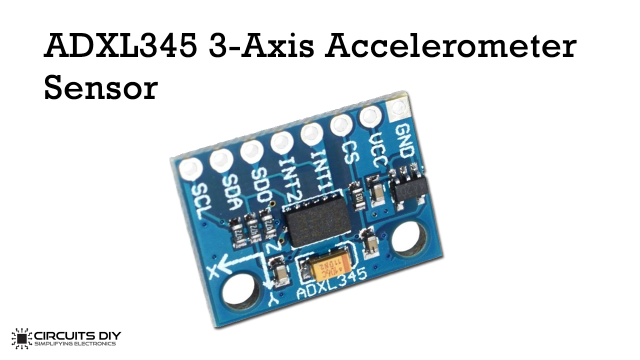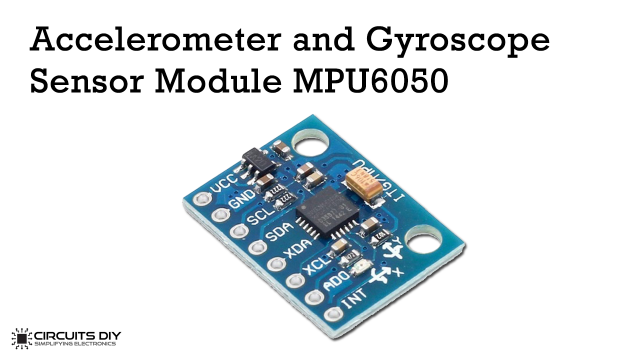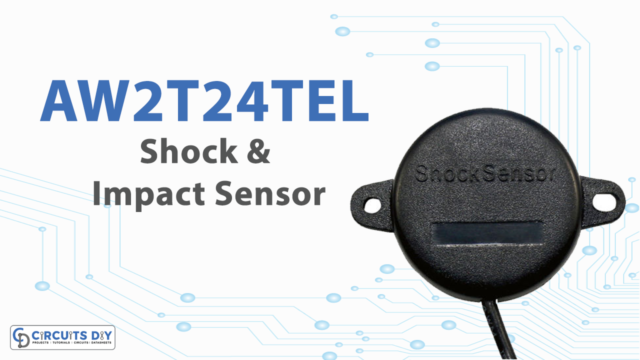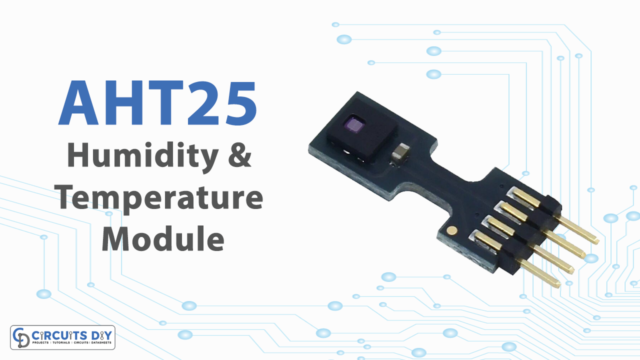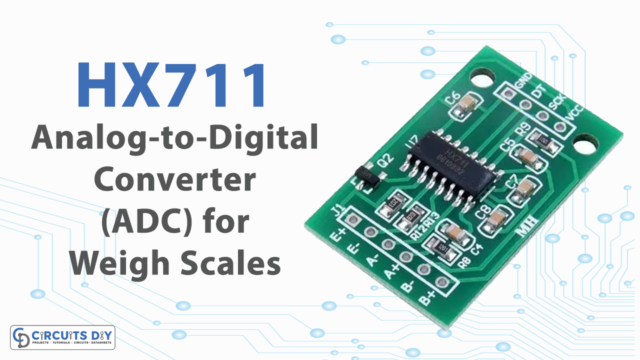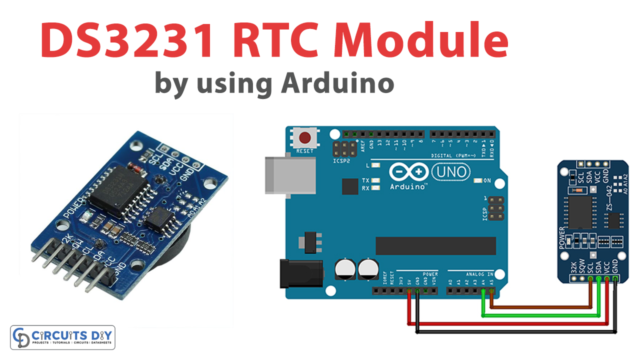Introduction
Seismic Sensing Vibration Sensors are usable for a wide scope of uses, for example, stopping fuel supply to plant and plant gear when an earthquake is detected, and for assessing actual harm to public offices and transport. It can also be introduced to industries and is utilized to prevent secondary catastrophes by sounding alerts, giving alerts to prevent leaks of gas in industries, and executing crisis closure alerts of hardware when an earthquake happens.

Features
- The World’s Smallest Class Size
- High-precision Seismic Sensor
- IoT Friendly.
- Using the SI value, which has a high correlation with the seismic intensity scale that indicates the magnitude of an earthquake, provides a higher-precision judgment of seismic intensity scales.
- The 3-axis acceleration sensor and OMRONs unique SI value calculation algorithm achieve surface-mountable compact modules and low power consumption.
- A higher degree of freedom for incorporation into devices and prolonged operation on battery power.
- The shutoff output terminal (INT1) operates equivalent to a conventional mechanical vibration sensor and ensures compatibility with mechanical vibration sensors.
- The I2C interface is able to obtain earthquake-related information from the Sensor with communications from external devices.
Specifications
- Power Supply Voltage 2.1 to 5.5 V
- Current consumption During standby: 90 μA or less
- Processing (average): 300 μA or less
- Operating Temperature −30 to 70°C (with no condensation or icing)
- Storage Temperature −40 to 80°C (with no condensation or icing)
- Ambient Humidity 25% to 95% (with no condensation or icing)
- Storage Humidity 25% to 95% (with no condensation or icing)
- Acceleration Detection Range −2,000 to 2,000 gal
- Shutoff Output (INT1) Output at seismic intensity level 5 or higher.
- Communications Interface I2C
- Dimensions 10.9 × 9.
Connections of Vibration Sensor

Applications and Uses
- Earthquake monitoring or control systems.
- Home appliances, etc



